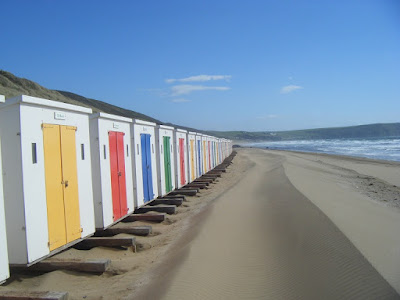You hear art professionals teaching their drawing techniques. Their knowledge and experience is very important to us all, whether we are beginners or experienced artists brushing up on some basic skills. I do have to say that, for beginners in particular, the technique of drawing circles can seem daunting. It is easy to see the principle of the exercise, but actually it can fill the beginner with a lack of confidence. All those circles take over in the eye of the beginner, looking nothing like the subject they are trying to draw, and hence they tend to give up.
Here I'm using a photograph of our lurcher, William (many of you will be familiar with this lad, since I draw him almost every day).
Step 1: Draw the basic 'shapes' first. Ignore detail.....
Step 2:
Having referred back to the photo, I saw that the head needed to move toward the viewer. I also added the football in his mouth.....
Step 3: Now is the point at which I put in some detail.
Note that the initial circles are still there, but I'm 'correcting' some angles.....
Step 4: With that done I can erase the unnecessary circles -
and I have my drawing.....
and Step 5: Add some watercolour -
plus in this case some 'action' lines to indicate movement.....
A simple enough exercise.
Recap: From all those circles, you will find the pathway to your
final drawing.



































